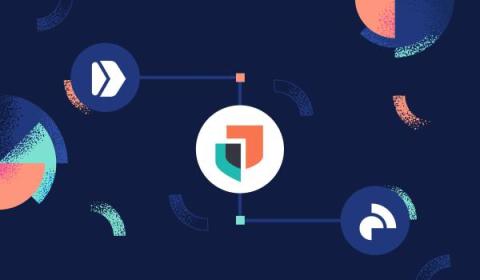Will AI start taking cybersecurity jobs?
No, but it’s fundamentally changing them. Generative AI (GenAI) is quickly becoming an essential part of everyday security workflows. So … is it a partner or competitor? The wide-ranging implementation of GenAI technologies into virtually every aspect of the security stack has, on the whole, helped security teams work more efficiently to mitigate threats.











